Szukaj
Wyświetlanie pozycji 1-10 z 149
Application of 3D-printed pollen traps as a useful tool for exposure and risk assessment of pesticide residues on bumblebees
(PERGAMON-ELSEVIER SCIENCE, 2024)
The study was designed to test the feasibility of using 3D-printed pollen traps for long-term monitoring of Bombus terrestris colonies' exposure to pesticide residues in pollen loads collected by them, along with an ...
Sarcocystis spp. – an underestimated parasite with zoonotic potential associated with food of animal origin
(Polskie Towarzystwo Nauk Weterynaryjnych, 2024)
The protozoa of the genus Sarcocystis are worldwide distributed parasites affecting a wide range of animals. They life cycle requires two hosts: definitive and intermediate. Over 250 species of Sarcocystis have been described ...
Występowanie zakażeń Mycobacterium tuberculosis complex u zwierząt. Część III. Rozpoznawanie gruźlicy u gatunków innych niż bydło
(Krajowa Izba Lekarsko-Weterynaryjna, 2024)
Tuberculosis (TB), is a contagious disease of humans and many animal species. The etiological agent of tuberculosis are bacteria (mycobacteria), belonging to the Mycobacterium tuberculosis complex (MTBC). Surveillance of ...
Wirusy onkogenne u drobiu. Część III. Wirus choroby Mareka
(Krajowa Izba Lekarsko-Weterynaryjna, 2024)
Chickens are the most important natural host for Marek’s disease virus (MDV),cell-associated but readily transmitted alphaherpesvirus with lymphotropicproperties of gammaherpesviruses. Marek’s disease is a highly contagiousviral ...
Polibromowane difenyloetery w polskiej żywności pochodzenia zwierzęcego
(Krajowa Izba Lekarsko-Weterynaryjna, 2024)
Polybrominated diphenyl ethers (PBDEs) are synthetic chemicals used for manyyears as flame retardants in plastic. Their molecules are not chemically boundto the polymers and gradually escape from products. They bio-accumulate ...
Prevalence of Astroviruses in Different Animal Species in Poland
(MDPI, 2024)
Astroviruses (AstVs) are small RNA viruses characterized by a high mutation rate, the ability to recombine, and interspecies transmission, which allows them to infect a multitude of hosts including humans, companion animals, ...
Mycoplasma gallisepticum and Mycoplasma synoviae in Turkeys in Poland
(MDPI, 2024)
The pathogenic mycoplasmas are among the bacteria causing significant losses in the poultry industry worldwide. Mycoplasma gallisepticum (MG) and M. synoviae (MS) are economically important pathogens causing chronic ...
Feed materials – Levels and characteristic profiles of dioxins and PCBs
(ELSEVIER, 2024)
Dioxins (PCDD/PCDF) are toxic compounds that are ubiquitous in the environment; although present in low concentrations, they are persistent and highly toxic and they bioaccumulate in food chains. Therefore, it is very ...
Mitochondrial genetic diversity and phylogenetic relationships of Echinococcus multilocularis in Europe
(Elsevier, 2024)
The cestode Echinococcus multilocularis is the causative agent of alveolar echinococcosis, a fatalzoonotic parasitic disease of the northern hemisphere. Red foxes are the main reservoir hosts and,likely, the main drivers ...
Microbiological analysis of skin lesions of cod (Gadus morhua) from the southern part of the Baltic Sea
(National Veterinary Research Institute in Pulawy; Poland, 2024)
Introduction: Since the middle of the 1980s, severe skin disorders have been observed in Baltic cod (Gadus morhua) eachyear. Available data on the spectrum of bacteria isolated from the clinical cases being limited, and ...
